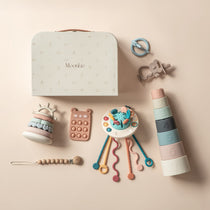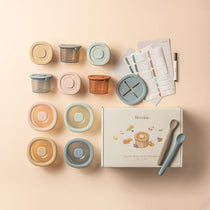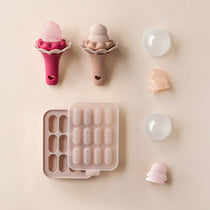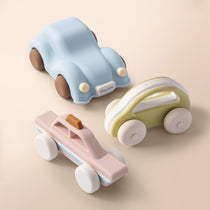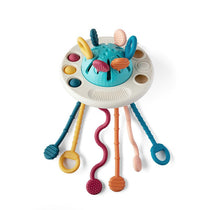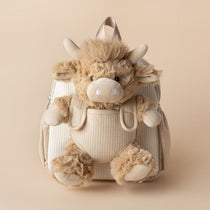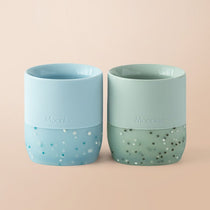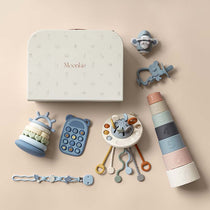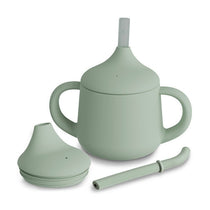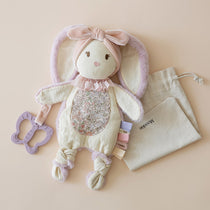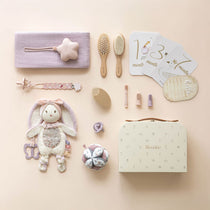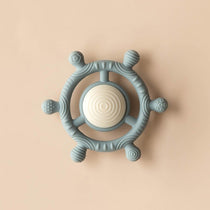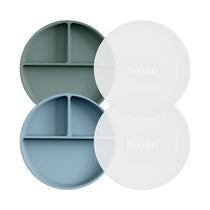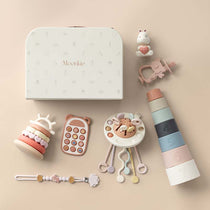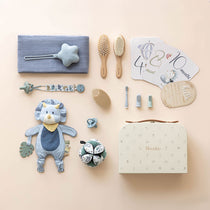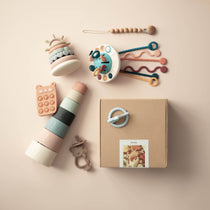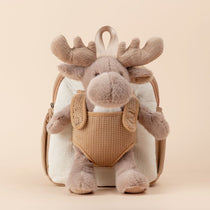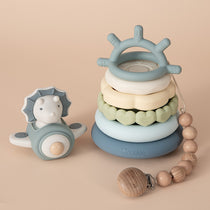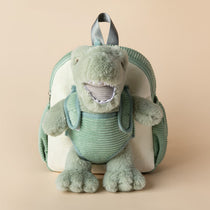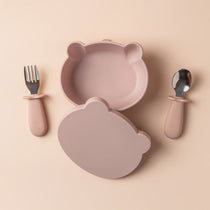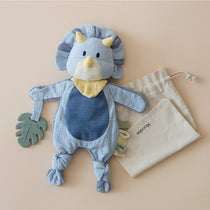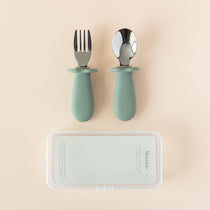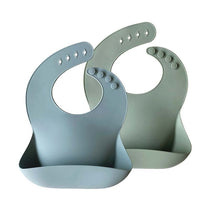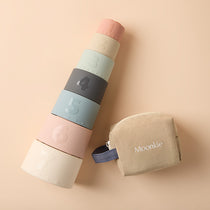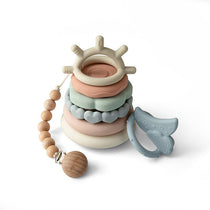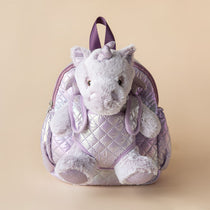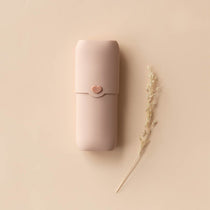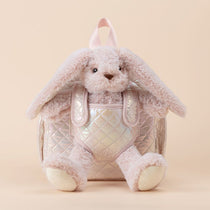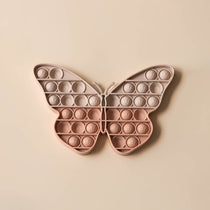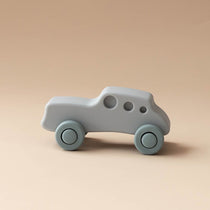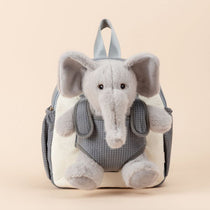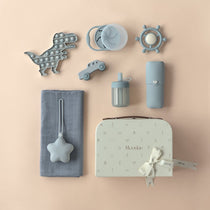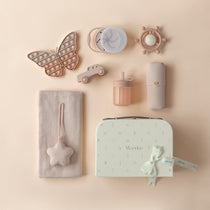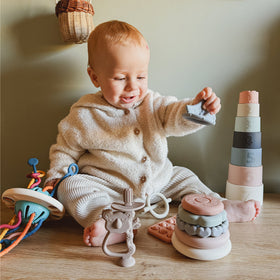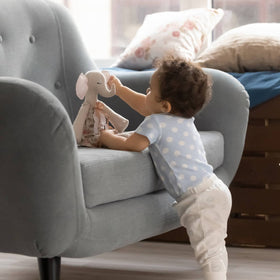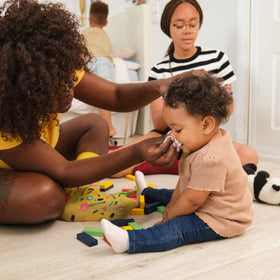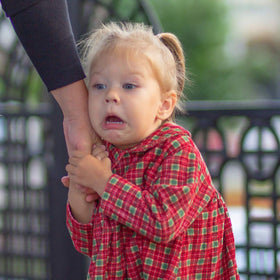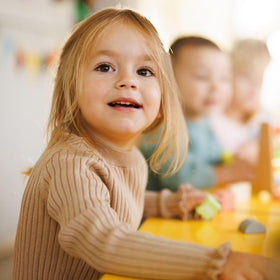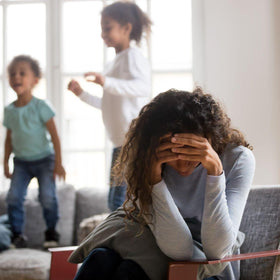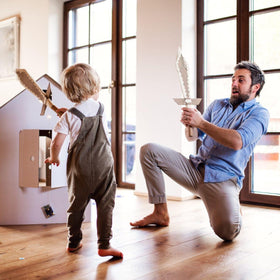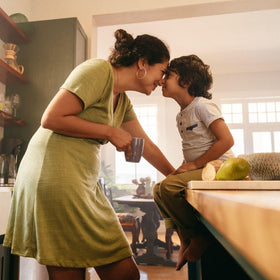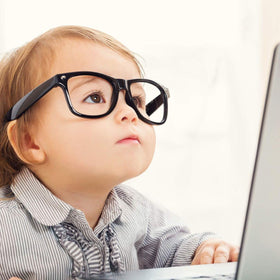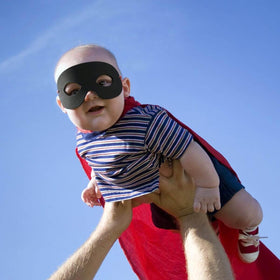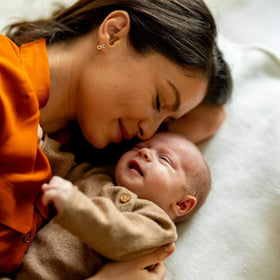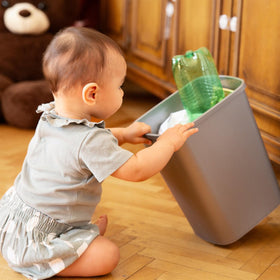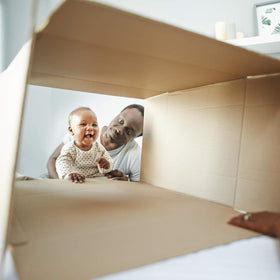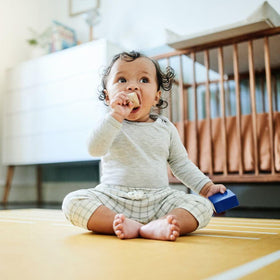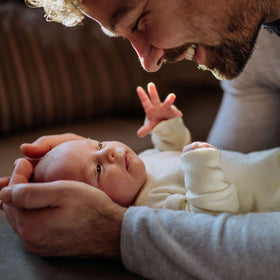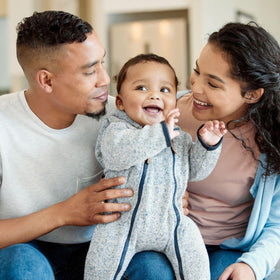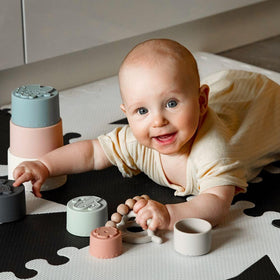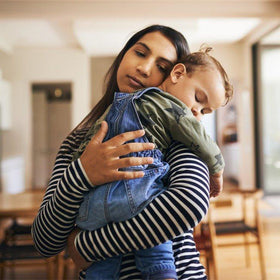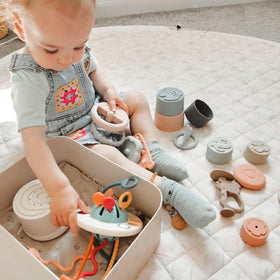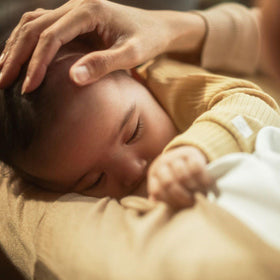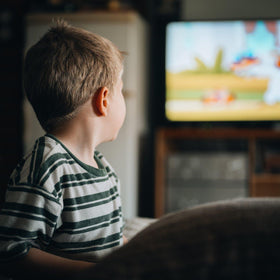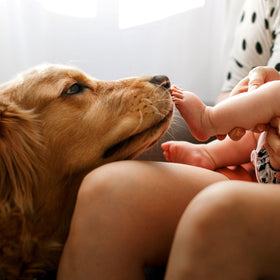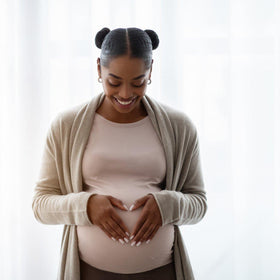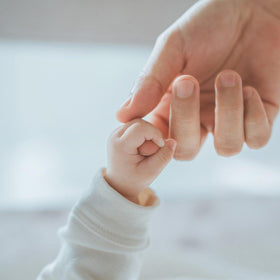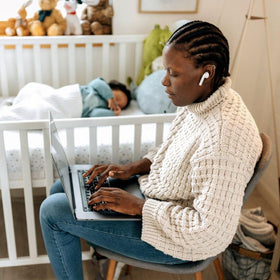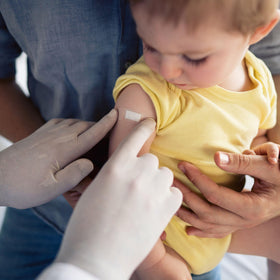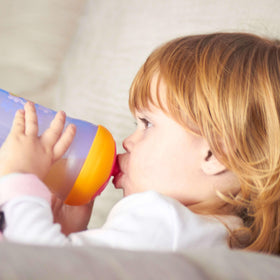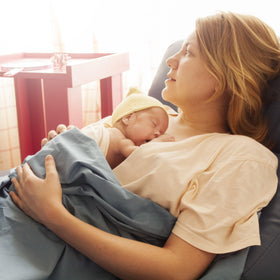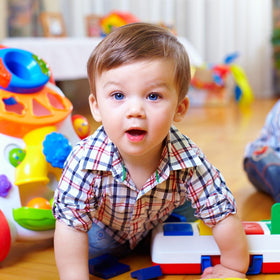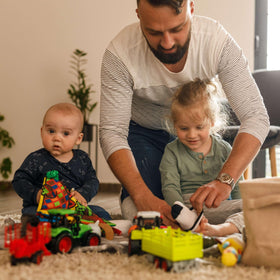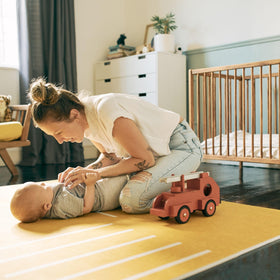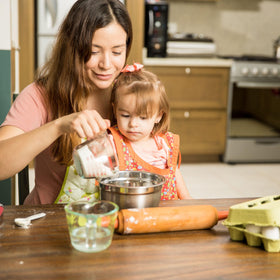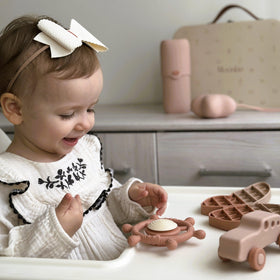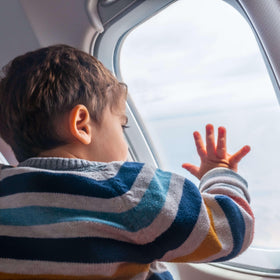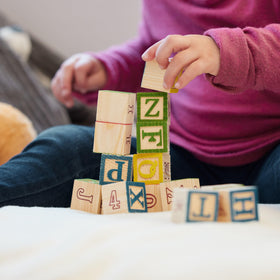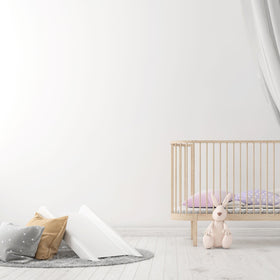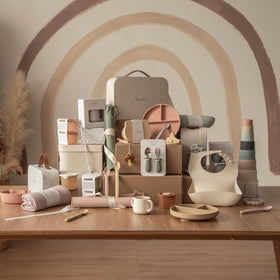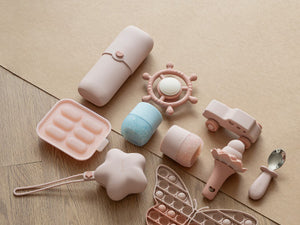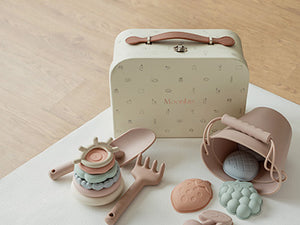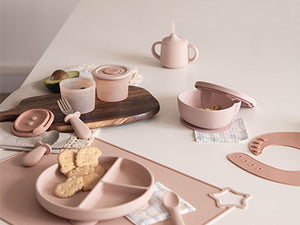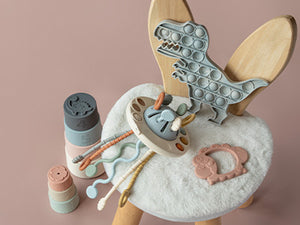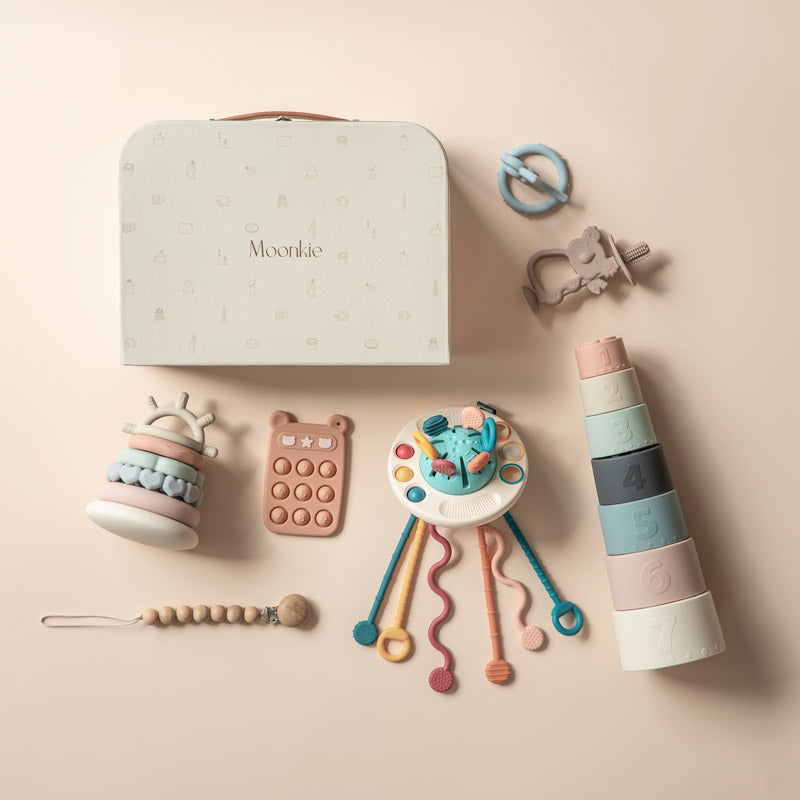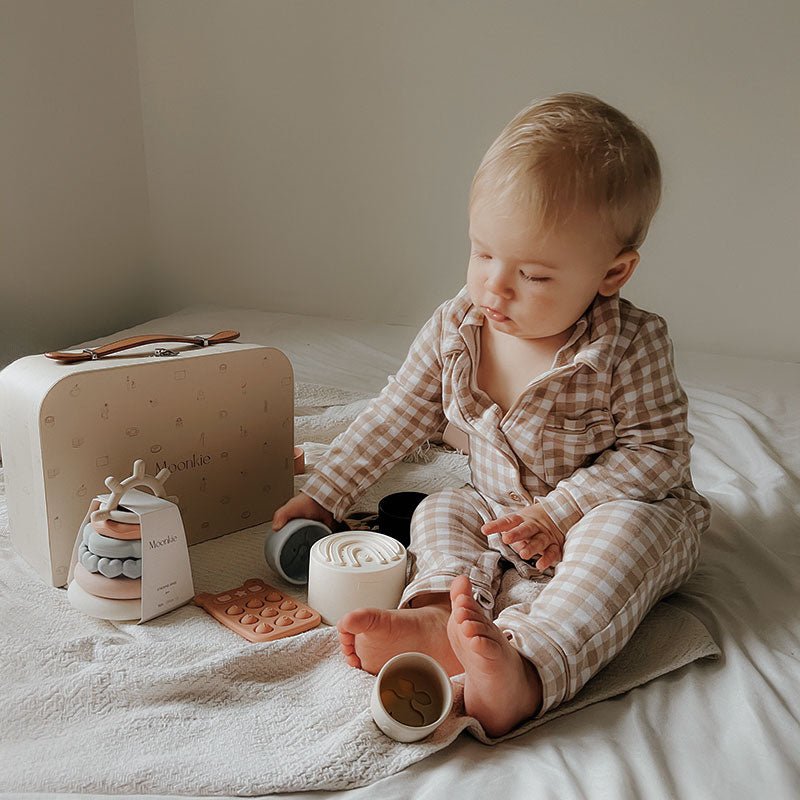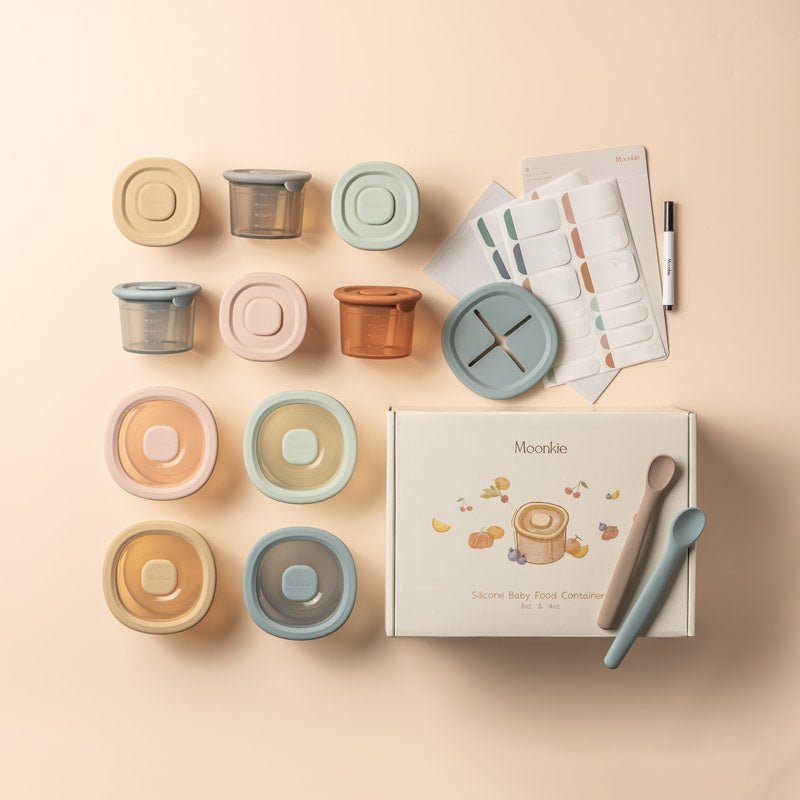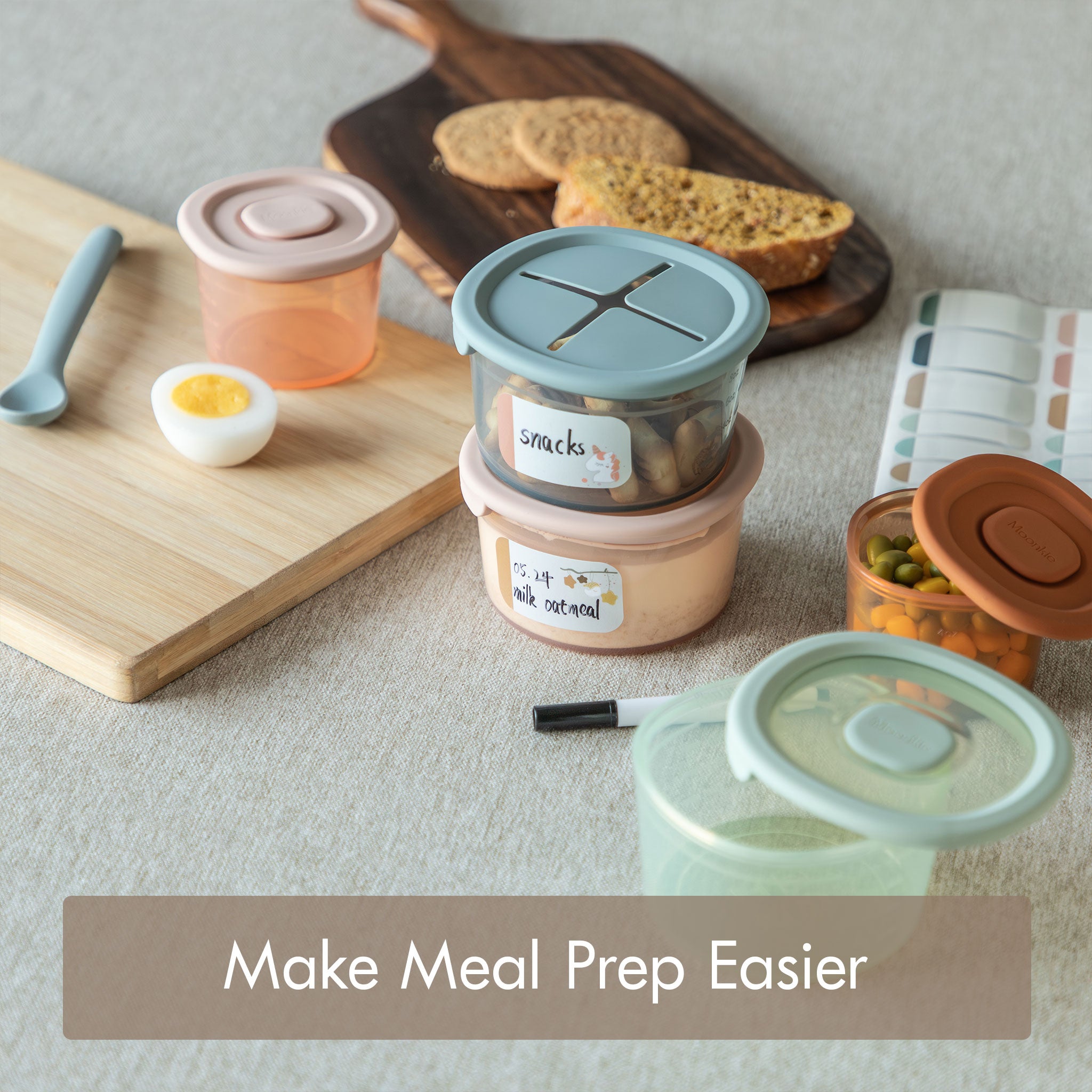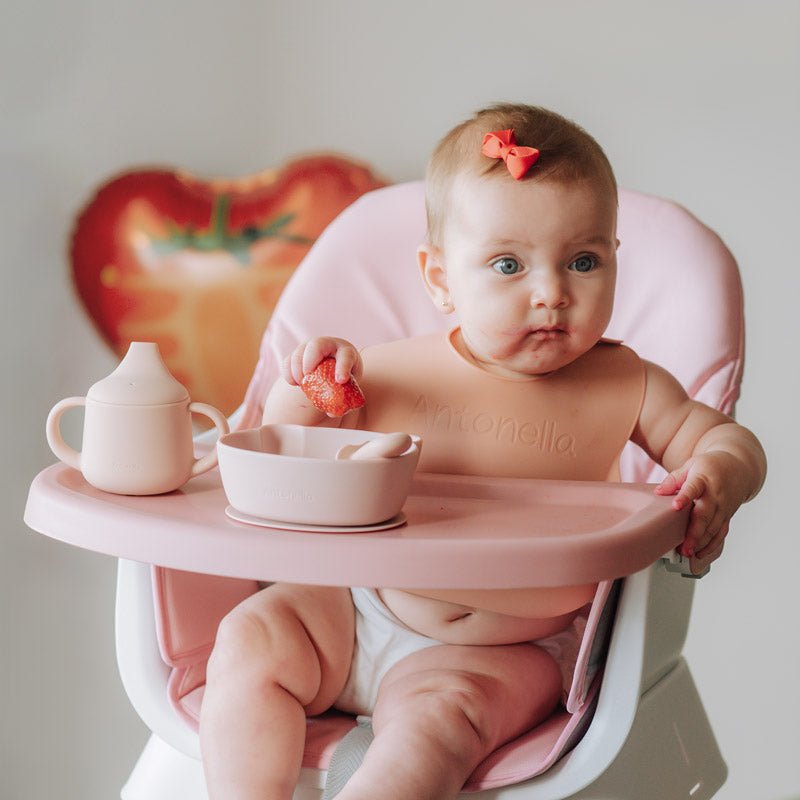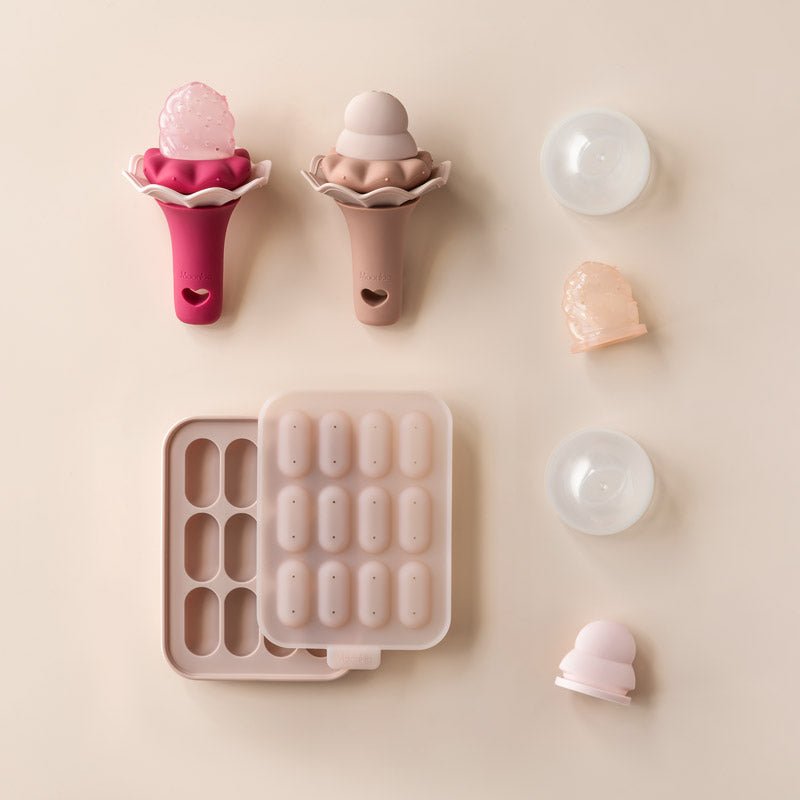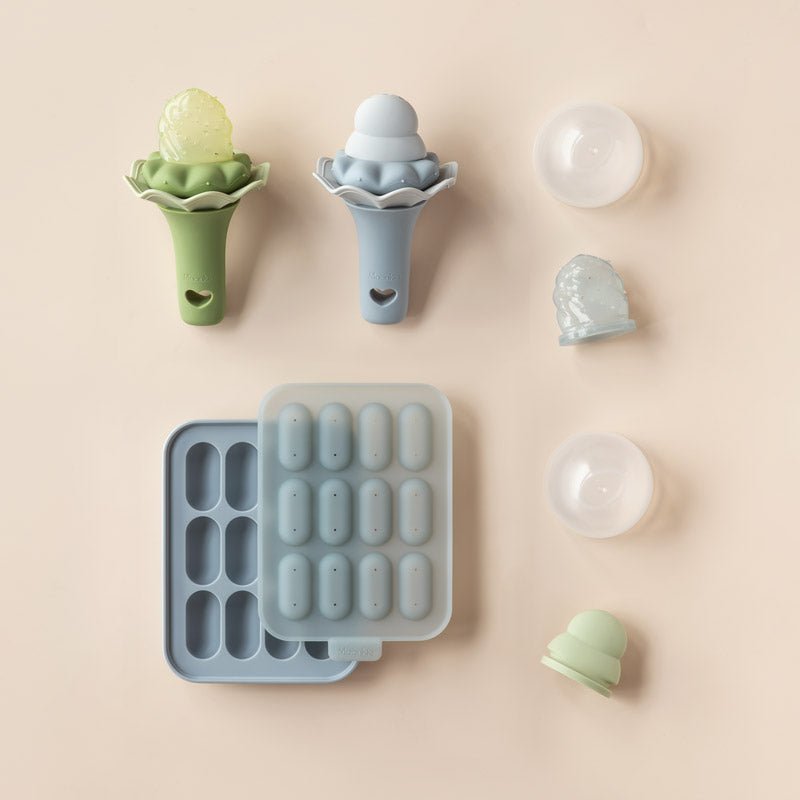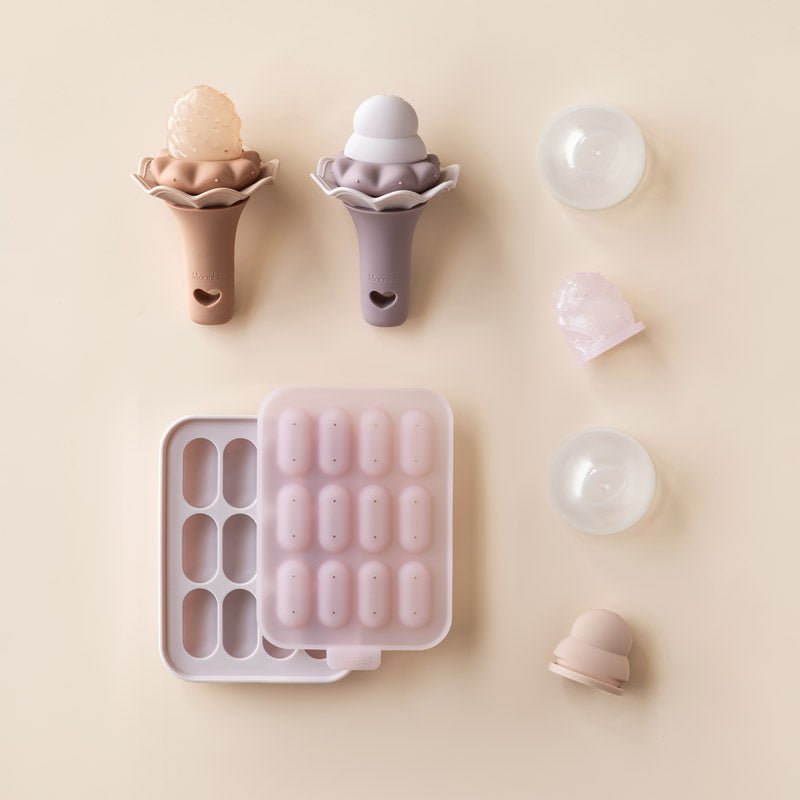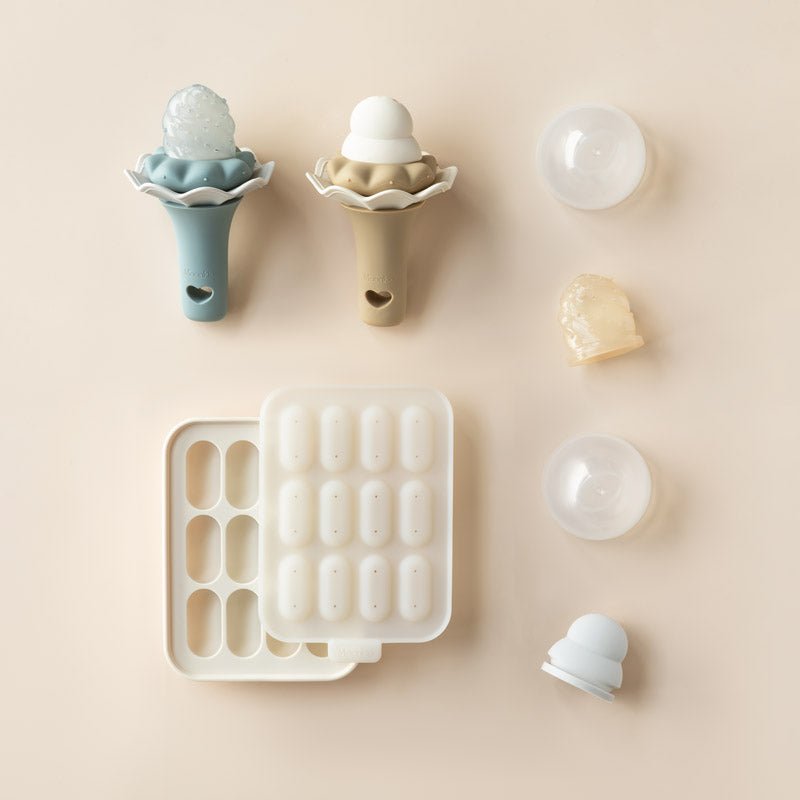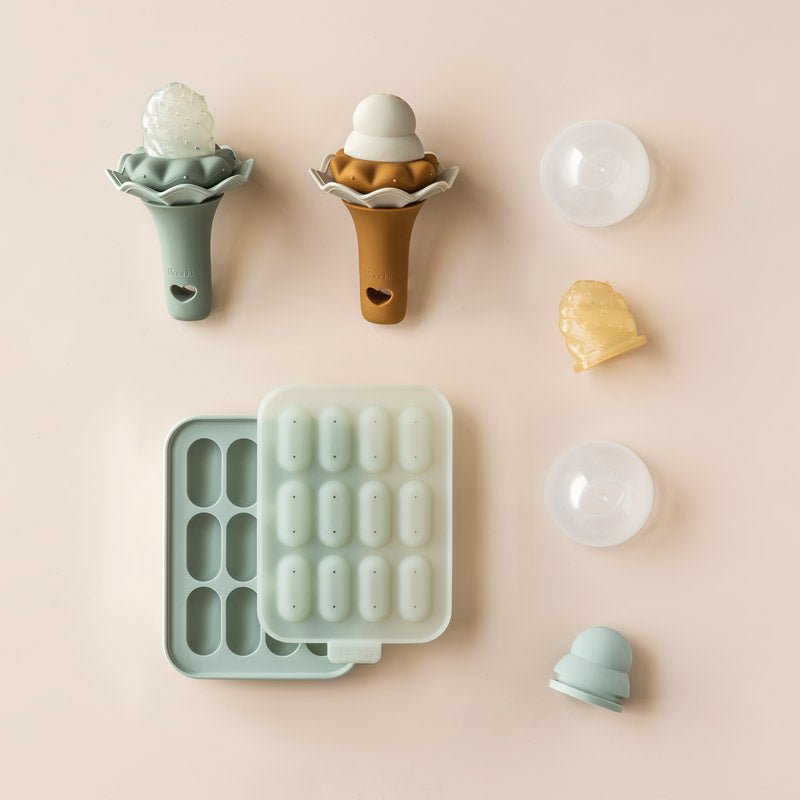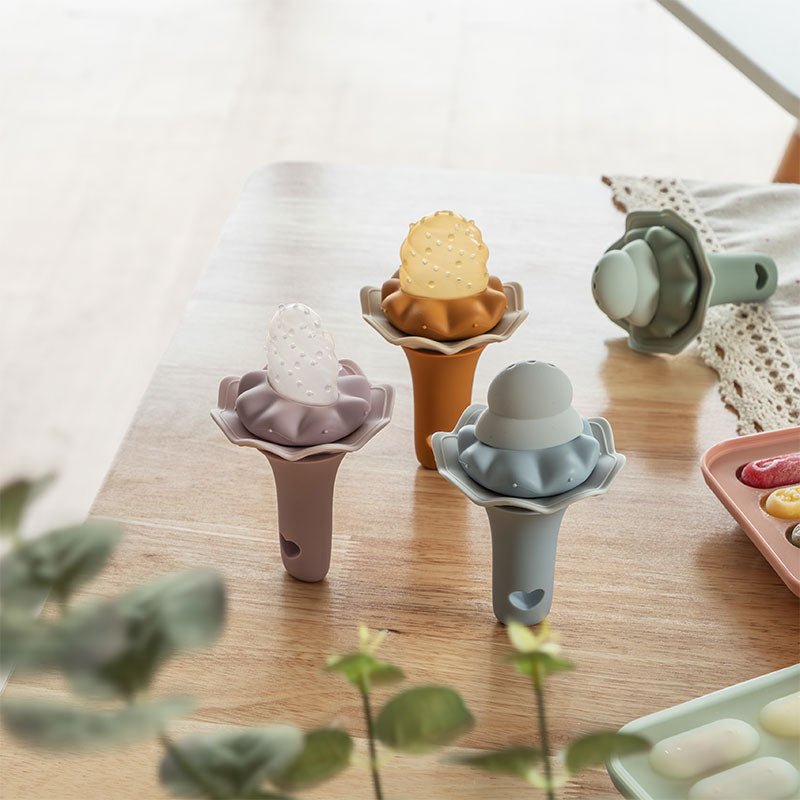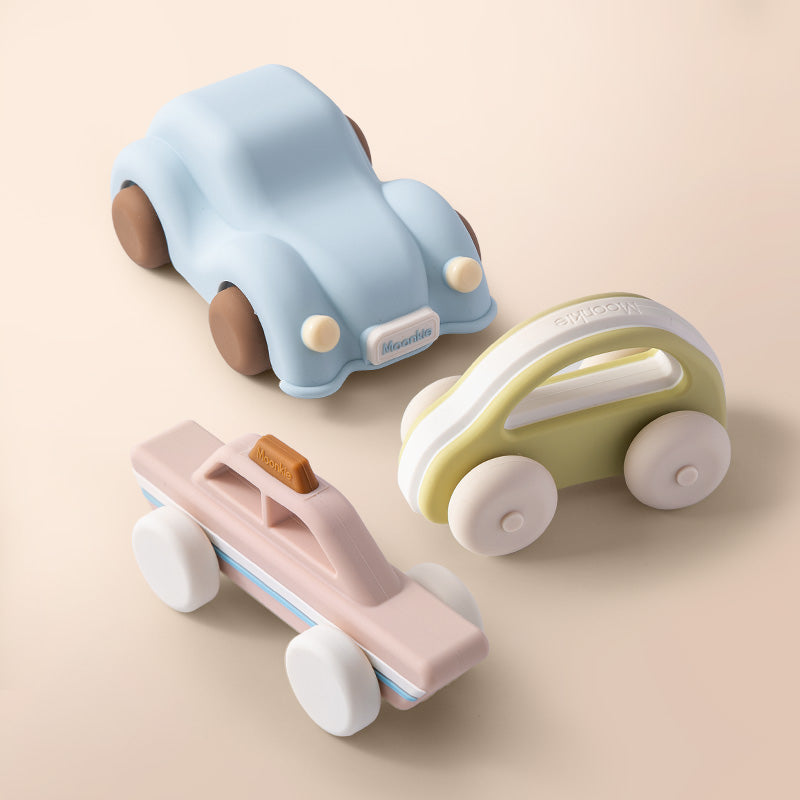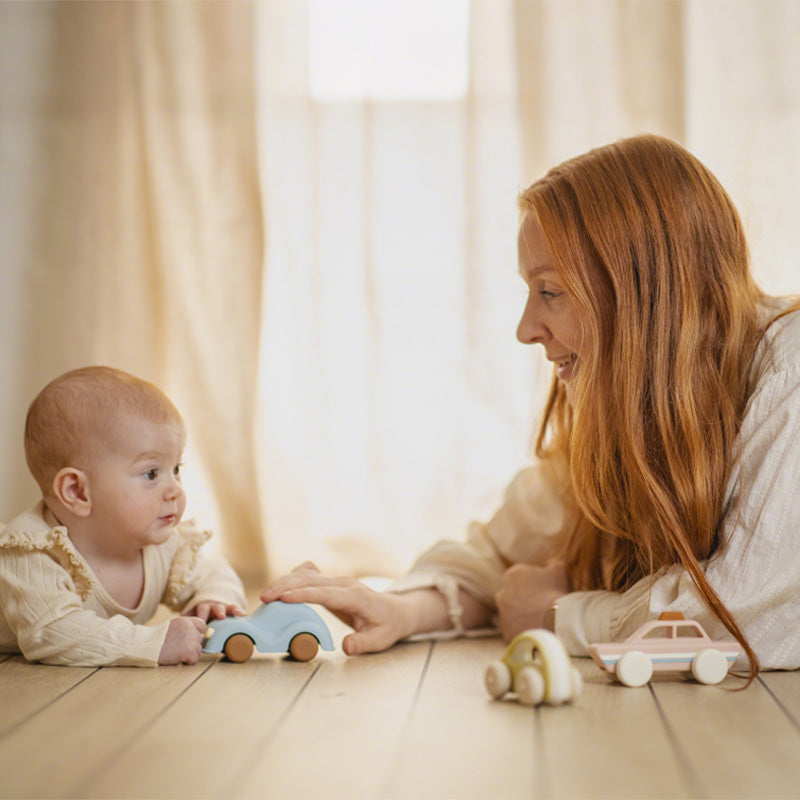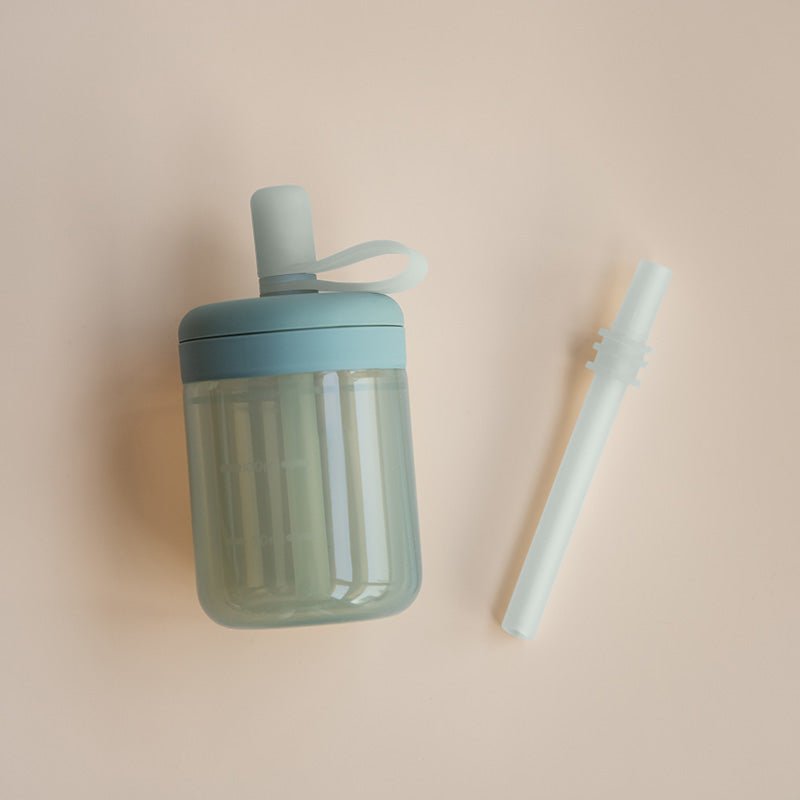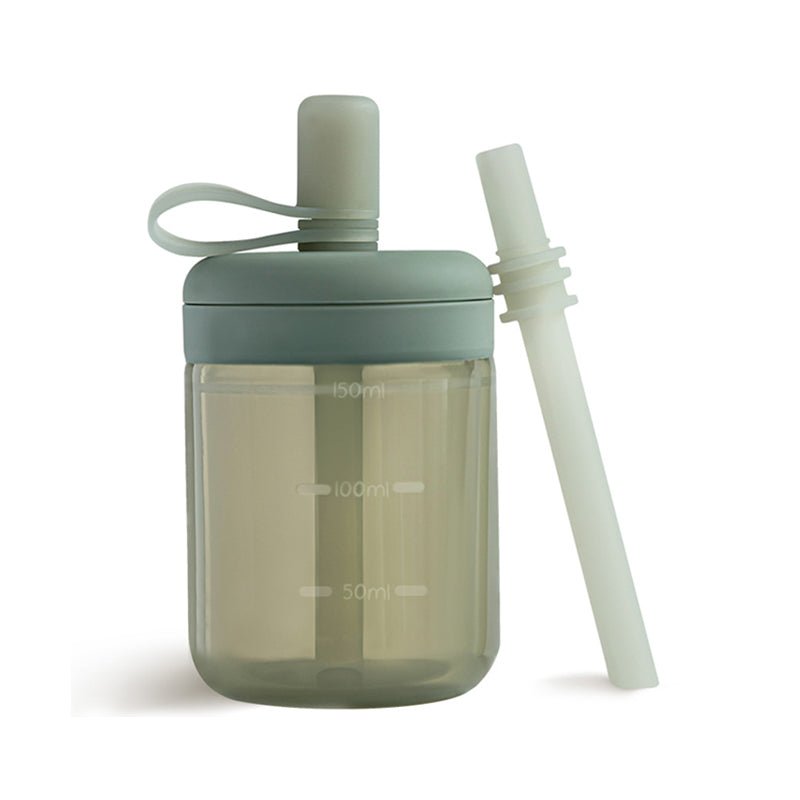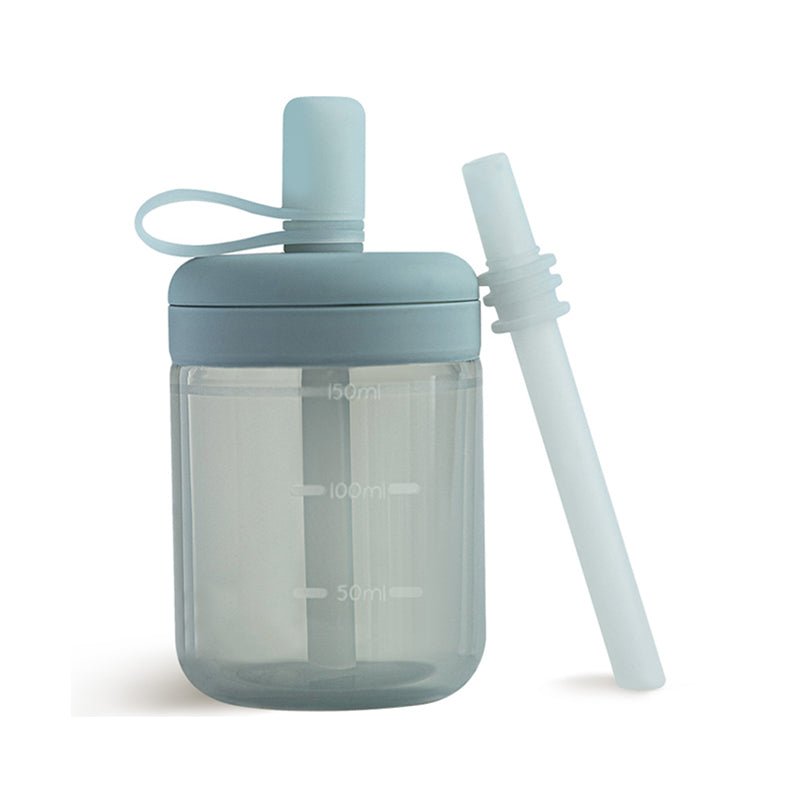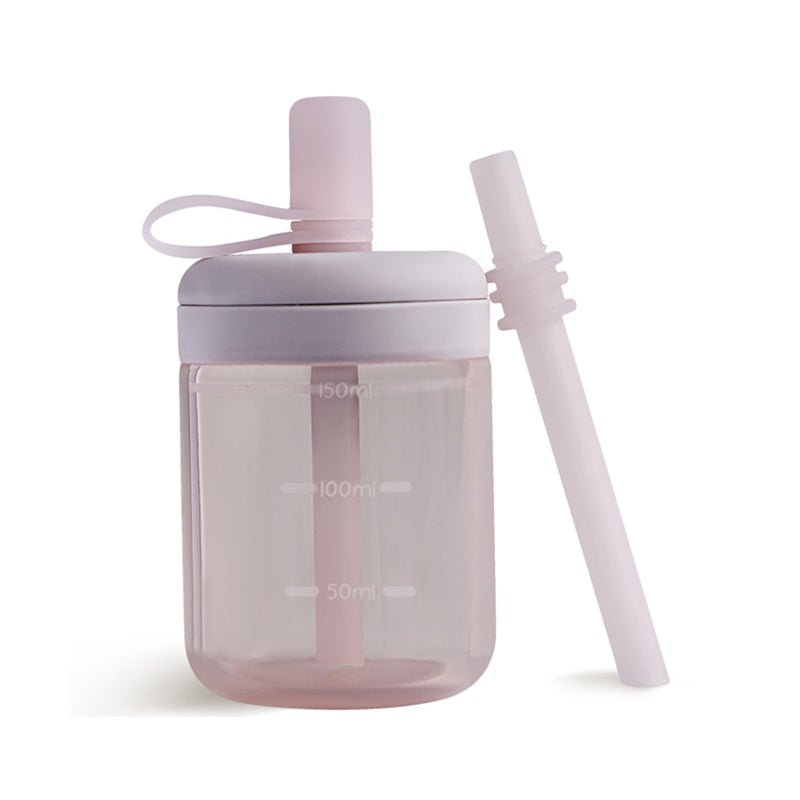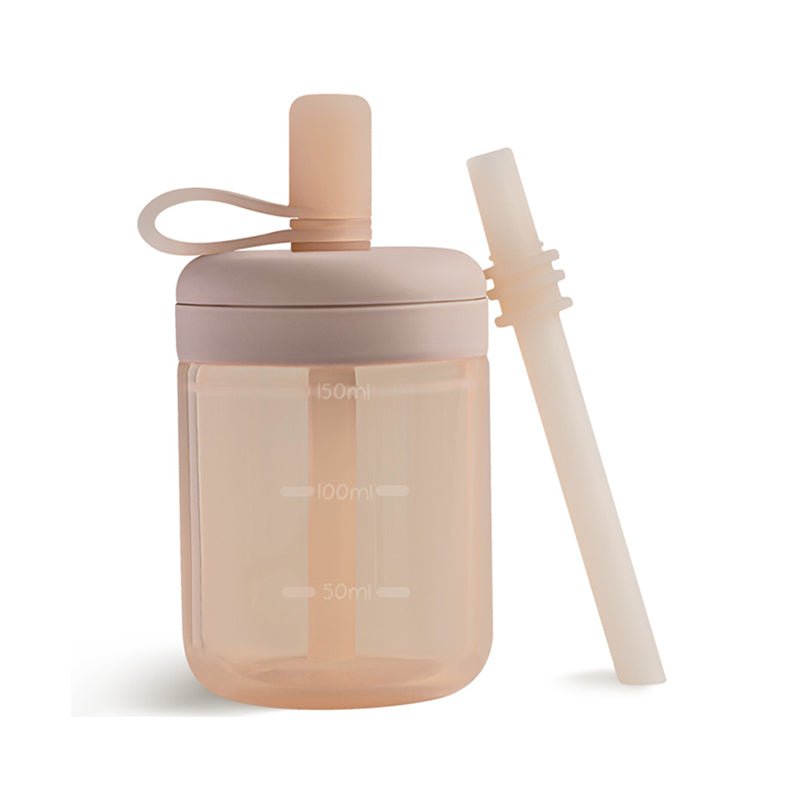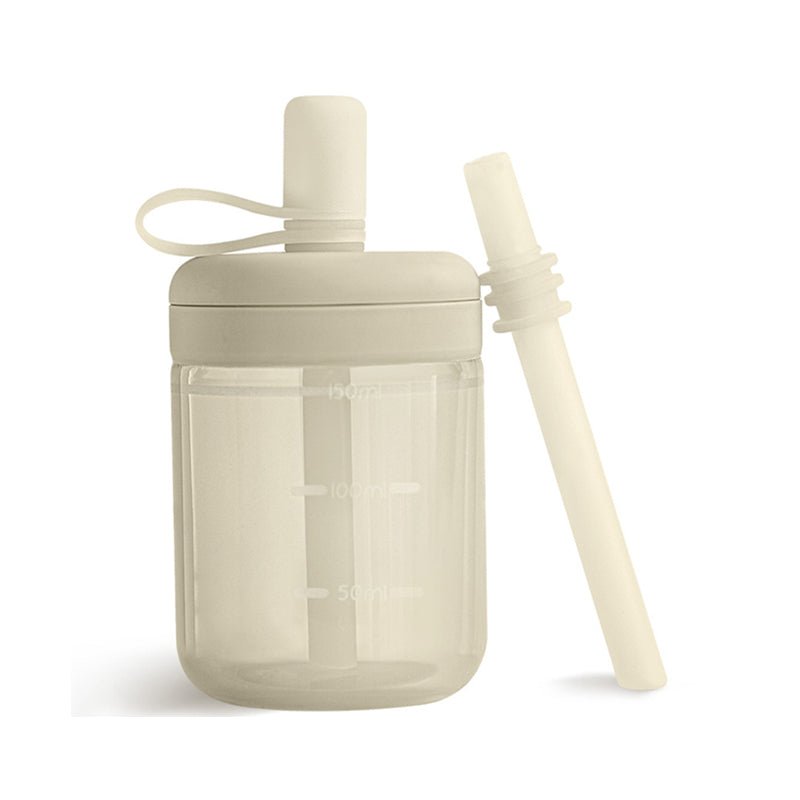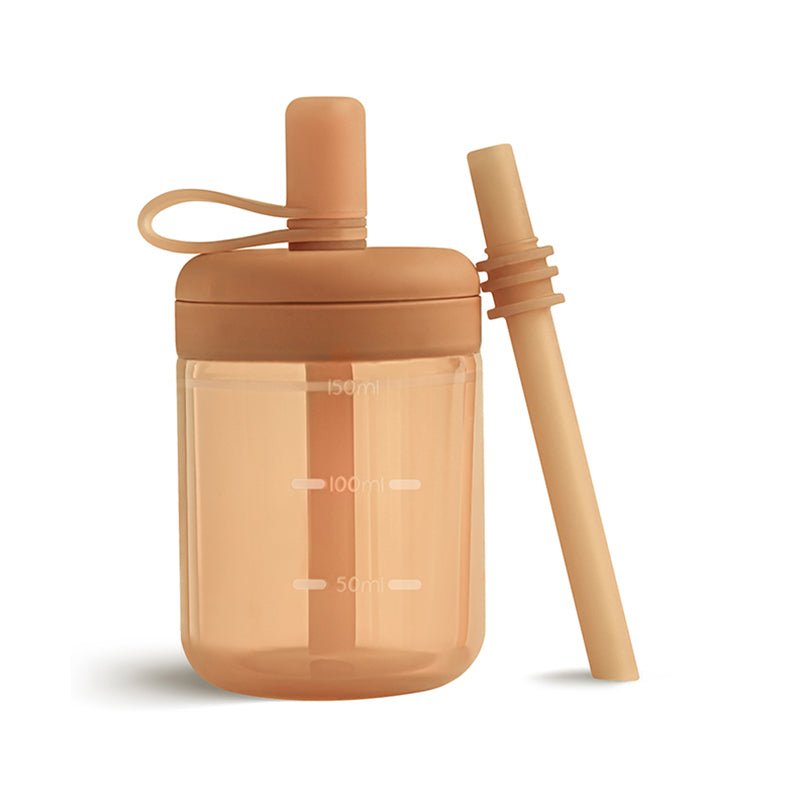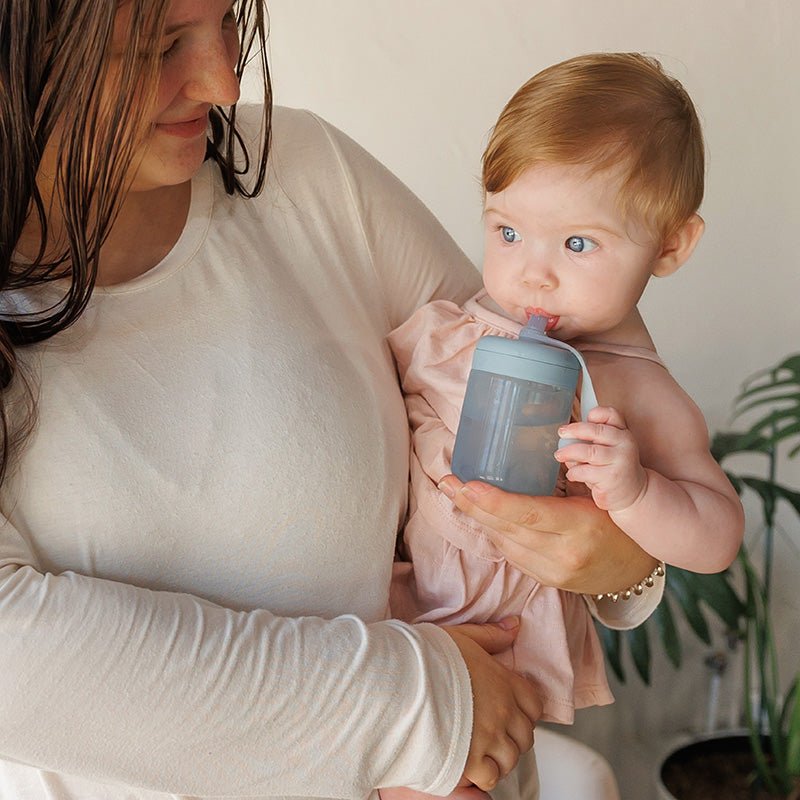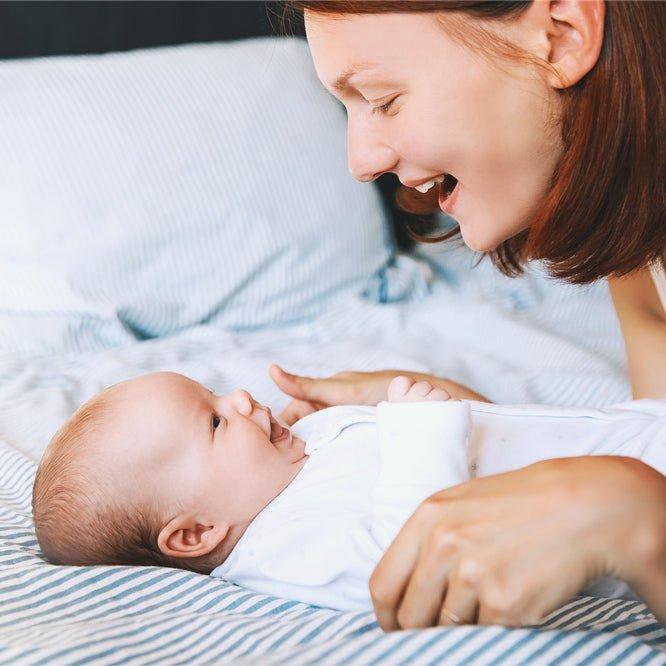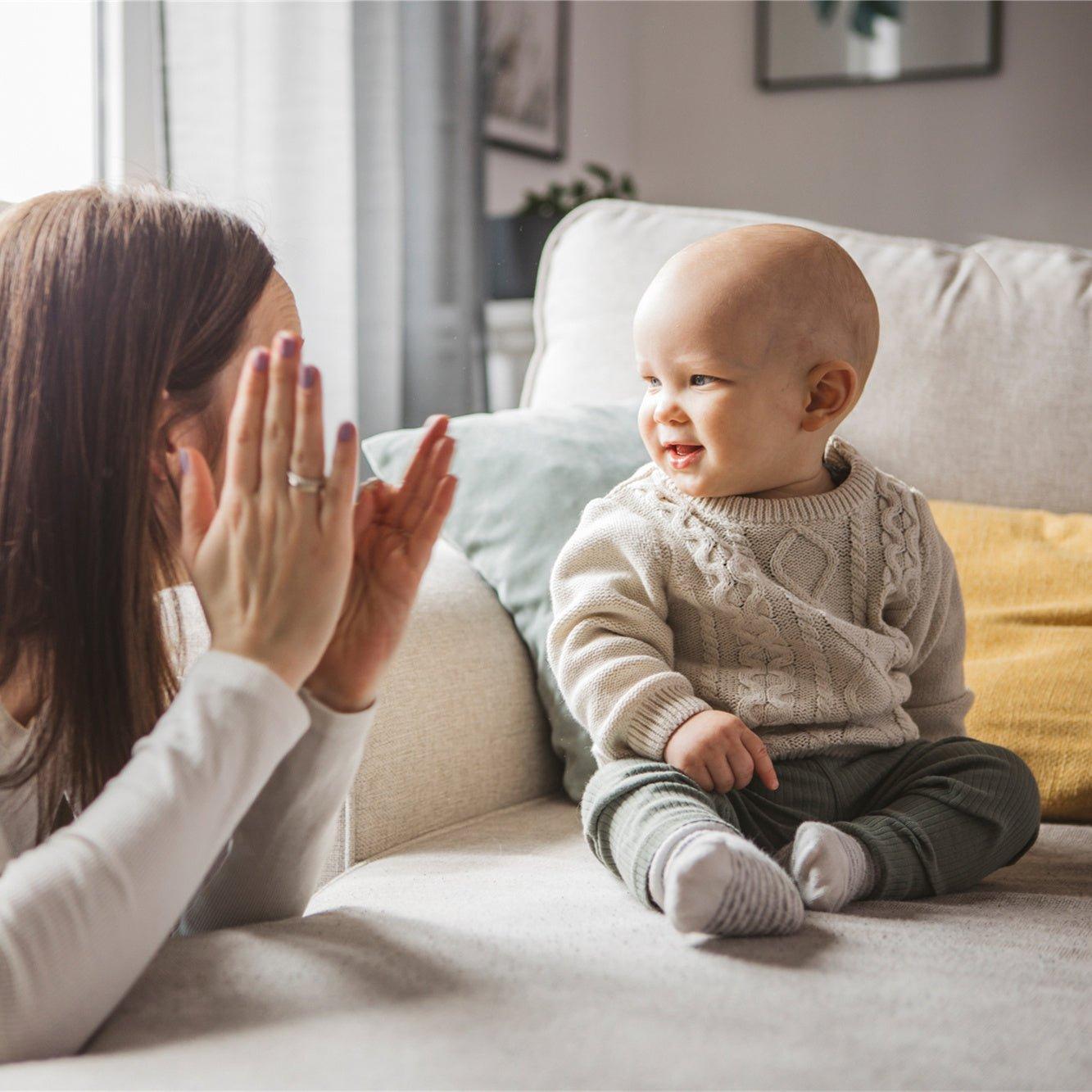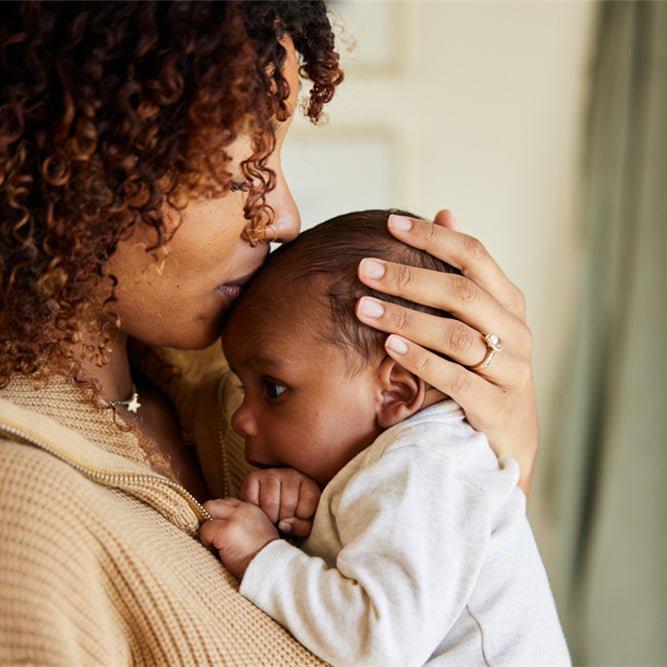
Many parents watch their babies grow over the first year and wonder when they will start speaking and what they will sound like. Yet, your baby understands your words far sooner than you understand his words. How does all that babbling and cooing turn into comprehensible language?
Baby language development starts from birth when babies begin listening to and watching speakers. As a baby grows, his language increases rapidly, from perceiving differences in sounds and tones to babbling to pronouncing syllables and joining them together.
By understanding how your baby's language develops, you can recognize what he's working on and provide focused practice at the right level. This guide barely scratches the surface of baby language development, but it will undoubtedly get you started!
Stages of Language Development
Language development begins long before your baby says her first word. In fact, recent research suggests that babies may already recognize their mother's language before they are born (source). How neat is that?
Let's dig into the stages of language development. How a baby develops her listening and speaking are dissimilar, so we will look at each skill progression separately.
Listening Development
At birth, an infant's brain can already discern the sounds that make all languages, which is approximately 800 sounds (source)! By the time an infant is six months old, he enters the "sensitive period" of language development, which is when the baby's brain begins to understand those sounds as language.
The six-month-old infant's brain learns the vowels of his native language first. Around nine or ten months old, that brain will work on learning the consonant sounds (source). You know your little one is working to understand those sounds by hearing his babbling (usually with syllables beginning with p, b, or m).
Though a newborn can discern the difference between all the phonemes that make up the world's languages, he doesn't narrow them down to his native language's phonemes until the "sensitive period."
If you've ever heard that babies and toddlers are more likely to become fluent in a second language than teenagers or adults, it is because of this "sensitive period." Babies who regularly hear another language spoken around them are actually able to achieve fluency in that second language relatively quickly until age seven.
Of course, they can still achieve fluency in that second language later, but their mind won't be shaped as readily by input from the second language, so it will take a lot more effort to learn it.
When Will My Baby Understand What I'm Saying?
Most babies will learn to interpret your facial expressions, body language, and tone of voice before they understand the meaning of the words you speak. Generally speaking, your baby understands her name by six months old but won't understand simple commands until around her first birthday.
Understanding your baby's ability to comprehend what you say to her will help you set your expectations for her obedience. Becoming overly frustrated at your baby's "disobedience" will only shut her down, scare her, or make her feel insecure.
Patiently continue to speak clearly, use gestures, and facial expressions repeatedly to reinforce a rule. For example, if your baby is drawn to electric outlets, you can pull her away from it, point to the outlet, shake your head, and say, "No, baby. That's not safe for you. Let's play with this toy instead."
State the rule and redirect. Yes, this is exhausting, and you will have to do it dozens of times a day. However, your message will click eventually!
Speech Development
Babies pick up on language with remarkable ease, but actually learning how to speak it takes time. While a baby has been listening to his native language since before birth, it takes a while before he begins purposefully experimenting with sounds.
Delving into a detailed breakdown of specific syllable development is not within the scope of this article, so here is a basic breakdown of speech development.
Stage |
Explanation |
Crying and Cooing |
These are your baby's first attempts at communication. He cries to express his needs and coos to practice making sounds. |
Babbling |
Around six months of age, your baby will begin babbling, repeating sounds like "ba-ba" and "ma-ma." This is when your baby is learning the sounds of his native language. |
Gesturing |
As your baby approaches their first birthday, they'll start using gestures like pointing to communicate. |
First Words |
Around twelve months of age, most babies say their first word! |
Two-word Phrases |
After your baby says their first word, they'll gradually start using two-word phrases like "more milk" or "bye-bye daddy." |
Vocabulary Explosion |
Between eighteen months and two years of age, your baby's vocabulary will explode as they learn new words rapidly. |
Should I Speak A Second Language Around My Baby?
Yes! Even though your baby doesn't understand the words, she recognizes that it differs from the primary language. If your baby grows up in a bilingual household, she will pick up on both languages. But if you simply want to teach your baby a second language, you can start from the get-go!
The main thing to know in exposing your baby to a second language is that it won't stick if the language is simply heard through recordings, cartoons, or screens. Babies pick up on language significantly better if it is spoken around them often by kids and adults, especially if those speakers interact with the baby while speaking (source).
Will Hearing a Second Language Confuse or Slow Down My Baby's Language Development?
No! Some parents in bilingual environments think their toddler or young child's switching between languages is a sign of linguistic confusion, but that isn't the case.
When a child switches terms between languages while speaking, it is called "code-switching," which is a normal bilingual practice. This code-switching may be done because one term is easier to say than another, or the child hears that term used more often than the other. It is typically a purposeful choice, not confusion (source).
Even bilingual infants know the difference between their two languages and are not confused when parents switch between languages (source). So, if you are raising your child in a bilingual environment, don't hold back!
When Should I Suspect That My Baby Is Not On Track Linguistically?
If your baby does not pay attention to music, loud sounds, or looks in the direction of your voice in the first three months, tell your pediatrician right away. It's possible your baby has a hearing problem, which will affect her language development.
If your baby is not babbling much by six to eight months old (many babies at this stage babble with p, b, and m), let your pediatrician know. Not every baby develops at the same pace, but keeping your pediatrician in the loop is wise.
Between seven and twelve months old, your baby should be babbling to get and keep your attention. If she isn't trying to communicate by babbling, encourage her by spending a few minutes multiple times a day talking about something your baby is doing, naming objects, or talking about what you see.
If that doesn't bring out much babbling, reach out to your pediatrician. He or she may refer you to a speech-language pathologist, who will test for hearing, speech, or language disorders. Based on the results, he or she will give you exercises to practice at home in addition to any prescribed treatments or speech therapy (source).
When Should I Be Concerned About My Toddler's Speech Development?
After a year old, toddlers develop linguistically at vastly differing paces. You should only be concerned if your toddler is not attempting to communicate verbally with you (either words or sounds), cannot identify objects when you name them, or continues babbling instead of connecting syllables.
Again, the best thing to do if you suspect that your toddler is behind linguistically is to tell your pediatrician. From there, your little one may be referred to a speech-language pathologist.
By spending ten to fifteen minutes at a time multiple times throughout the day actively talking to, reading to, and playing with your toddler, you can invest in her language development.
5 Tips for Promoting Language Development
Though your little genius is taking off on his own to learn his native language, you can help him by giving plenty of examples, describing everything, and making eye contact while speaking with him. Because your little one's mind is developing rapidly for the first three years, he will soak up whatever you give him!

Research shows that when parents are responsive to their baby's cooing and babbling, they may promote their baby's language development (source). Essentially, if a parent responds in words to a baby's babble about something, then the baby may be encouraged to repeat that syllable again in reference to that thing.
For example, if your baby says "da" when he sees a dog, then you can create a "feedback loop" by saying, "Dog. That's a dog!" If your baby responds to that by continuing to say "da," then you've helped your baby tie a sound to a dog.
Creating this cycle often with the sounds and syllables you know your baby can produce and the objects they take an interest in daily can promote the transition to early words (source). As a parent, you play a fundamental role in your baby's language learning.
Here are a few specific tips for promoting language development in your baby.
1. Talk and Sing to Your Baby
Whenever you learn a language, you must ensure that you spend a significant amount of time listening to the target language to pick up on its natural rhythm and pronunciation. It's no different for your baby!
The more you talk and sing to your baby, the more opportunities you are giving her to hear how to communicate (source). Slow down a bit and enunciate clearly so she can sort the sounds out. As she grows and begins to speak, you will hear her pronouncing things similarly to you!
2. Read to Your Baby
Reading to your baby is a great way to expose him to new words and concepts. Reading books that have pictures will also help your little one develop his vocabulary and listening skills.
As your baby gets closer to his first birthday, you can test his vocabulary by asking him to point to specific things or colors in the picture on a page. Richard Scarry's books are a classic set of books to start with naming and finding.
Your baby doesn't have to be looking at the page as you read to benefit from it. My family started a breakfast reading tradition after my daughter was born. I would read a few pages of a kid's chapter book while they ate their breakfast. When my oldest turned three, I started to ask him questions about the story.
The more you read to your baby, the better!
3. Respond to Your Baby
When your baby babbles or gestures, respond to her as if you understand what she's saying. This helps her feel heard and validated, and it encourages her to keep communicating.
It's fun and super adorable when your baby starts babbling wild tales with expressive gestures and faces! You can respond back with equal expressiveness--she will love it!
4. Use Real Words
While baby talk might be cute, using real words helps your baby learn the correct pronunciation and usage of words. This will help him communicate more effectively as he grows older.
Think of trying to learn a language yourself. How would your pronunciation and listening ability be impacted if nobody spoke to you the way they actually communicate?
5. Engage Multiple Senses
The more senses you engage while speaking to your baby, the better. As your baby touches something, describe its texture. Talk about how food tastes as he tastes it. You can also move something around and describe the way it is moving.

These ideas seem simple enough, but any adult language learner can tell you how helpful this is in language learning. Imagine how much more helpful it is to a baby learning for the first time!
If you want to learn more about baby sensory activities for building your baby's cognitive, physical, and language skills, then check out our guide: Baby Sensory Activities: A Guide to Promote Healthy Development.
In a Nutshell
Language development is a complex and fascinating process, and understanding how it works can help you support your baby as they learn to communicate. By responding to your baby's babbling as well as talking, reading, and singing to her, you can help your baby build a strong language development foundation.
So, keep talking to your little one, and before you know it, she'll be saying her first words!

